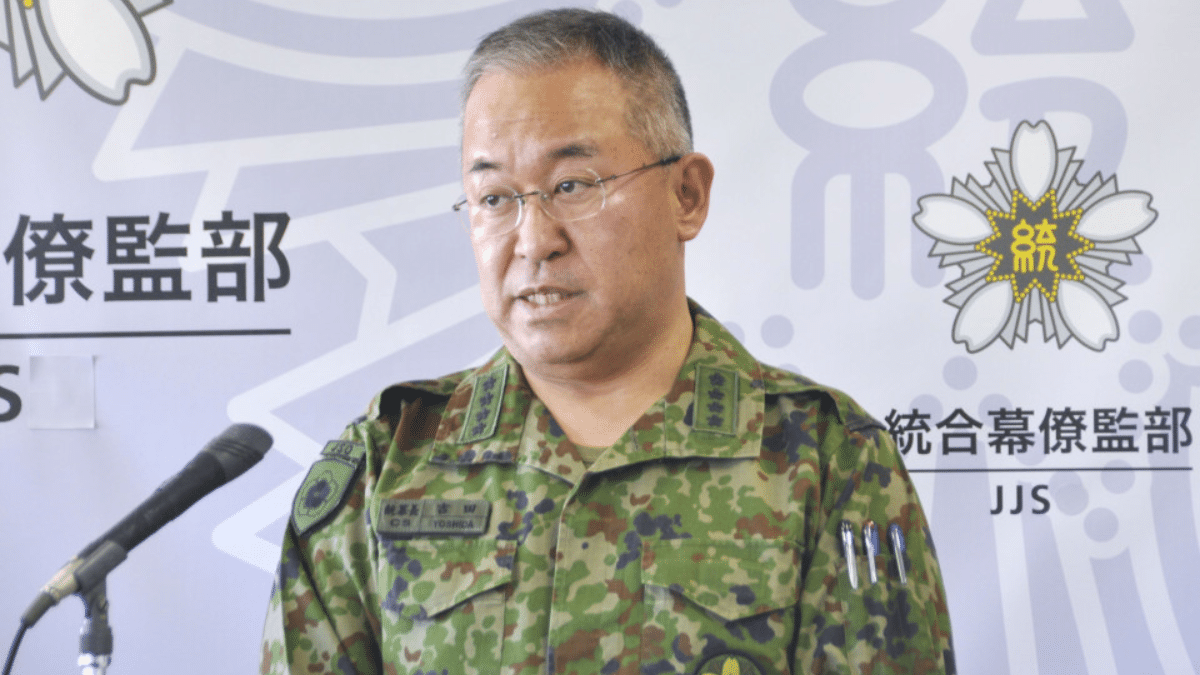 Image Credits - Kyodo News
Image Credits - Kyodo News
China has been classified as a hypothetical enemy for the first time in an unprecedented combined command post exercise by the U.S. military and the Japanese Self-Defense Forces. The computer simulation exercise, called “Keen Edge,” which simulates a potential disaster in Taiwan, started on February 1 and is slated to run until Thursday.
A tentative name previously referred to the potential enemy. However, this recent event highlights China as the perceived threat, marking a significant shift. The scenario has been labelled as a carefully designated secret by Japan’s Defence Ministry per the nation’s secrecy regulations, highlighting the increased urgency and worry over Beijing’s possible future invasion of Taiwan.
The United States and Japan have expressed concerns that China may take strong action against Taiwan shortly, contributing to the geopolitical tensions that have led to the exercise. U.S. Director of the Central Intelligence Agency William Burns revealed in February of last year that Chinese President Xi Jinping had given the military order to prepare an invasion of Taiwan by 2027.
To handle any emergency, the US and Japan have been developing several joint operation plans. At the end of the previous year, a draft of one of these plans that was expressly directed towards Taiwan had been completed. The final plans, which should be completed by the end of 2024, will include the outcomes of the ongoing “Keen Edge” exercise. Around 2025, it is also expected that soldiers will do a live-action presentation of the “Keen Sword” practice to confirm its effectiveness.
The nations had previously used slightly modified maps to minimise fallout if a plan leaked, but the present exercise uses unmodified ones, emphasising how serious the situation is. Since 1986, Japan and the United States have carried out joint drills, known as “Keen Edge” and “Keen Sword,” approximately every other year.
At a news conference on January 25, General Yoshihide Yoshida, Chief of the Joint Staff of the Japanese Defence Ministry, stressed that the exercise “did not envision a particular country or region.” However, as tensions in the region continue to rise, the most recent change in designating China as the hypothetical opponent points to a review of strategic considerations.
